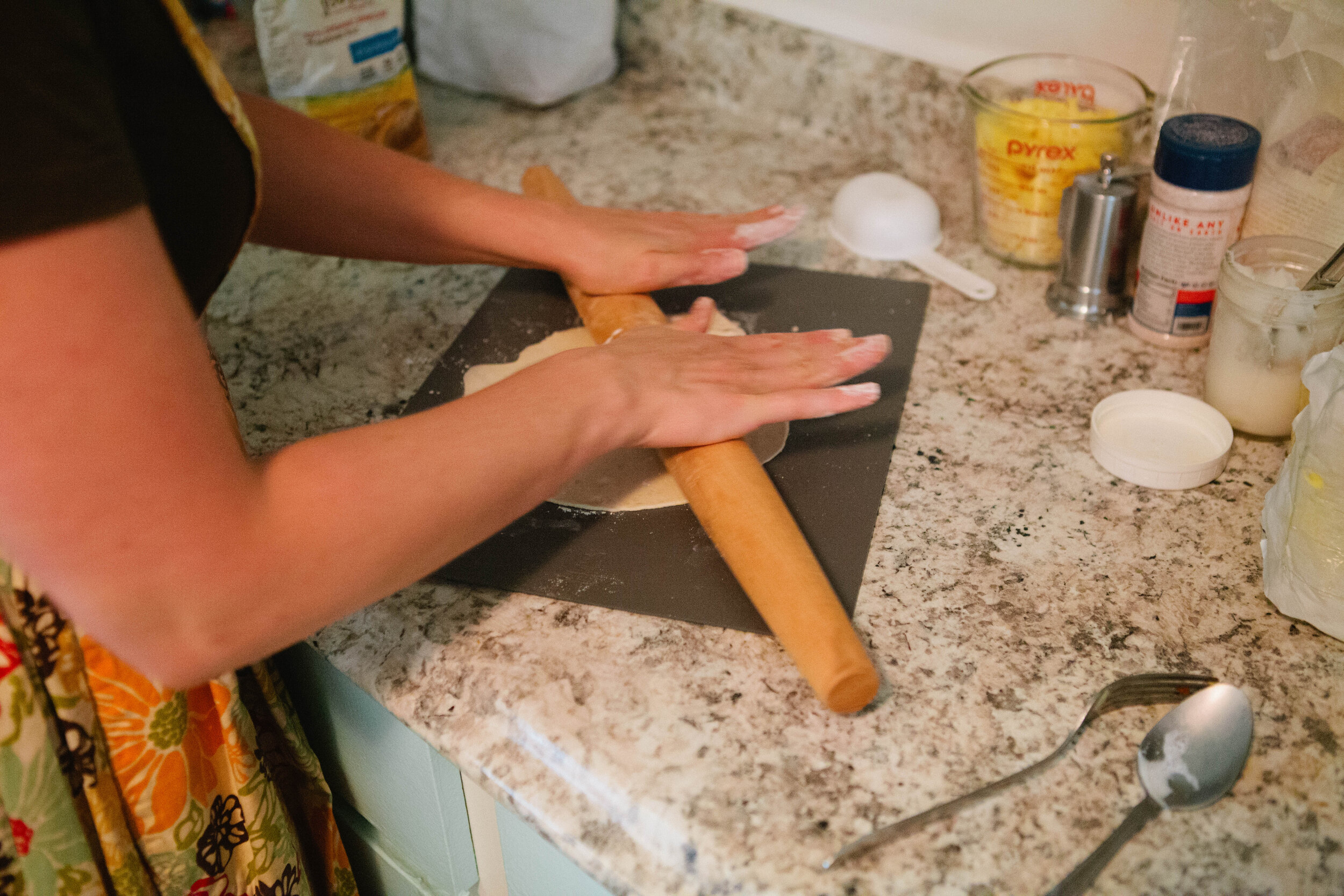The end of summer and beginning of fall offers us an abundance of great produce, whether it’s from our own garden or from farmers. While we can, in theory, continually purchase produce from the grocery store, we get better quality and more cost effective produce if we eat seasonally and locally. This great produce is only available at certain times of the year and it has to be stored somehow!
Fresh fruits and vegetables won’t store forever, even in cold storage like the fridge. There are so many different ways to preserve your food for long periods of time. Drying food in low heat like a dehydrator does preserve the enzymes but often changes the taste and food is still prone to rotting.
Canning food is the more popular way to store food but the high heat involved in a water bath kills both good and bad microbial activity. This leaves you with a dead food. Additionally, while food is preserved for a much longer period of time as long as it has no exposure, the risk of botulism or other infections is much higher than with a fermented food.
Let’s pause here to talk a bit about live foods versus dead foods. Dead foods are foods without life or activity in it. It’s something that has been heated or pressurized There’s no active enzymes or microbes and nutrition may or may not be preserved. Foods become dead by being cooked, boxed (like boxed milk), pasteurized, or canned (even canned sauerkraut.) Dead foods are harder for our bodies to digest.
Live foods are foods that have been dehydrated at less than 110 degrees, foods that are preserved with lacto-fermentation or raw foods both vegetables and meat. Live foods are much easier for our bodies to digest and have better nutritional bioavailability.
Because of the importance of live foods, the very best way to preserve summer’s bounty is to ferment it! Fermenting food preserves the enzymes, prevents molding and rotting for a very long period of time (often more than a year!) and also increases the bioavailability of the nutrients in the food, creates important B vitamins, and provides microbes for your body. The growth of good bacteria also doesn’t allow for the growth of infections or botulism.
In winter, the world outside is storing up all it can and getting ready for the energy explosion of spring. Your body is doing the same thing! Winter also requires a lot of energy for our bodies because well...it’s cold! Your immune system also needs a boost in winter. Eating a dense, nutritious diet will feed your immune system more. As a bonus, the good probiotics will allow your body to more easily crowd out bad invading pathogens. To help your body in winter, be sure to eat lots of live fermented foods!
A note on vinegar preserving: Preserving with vinegar doesn’t really create fully live or dead foods. If you use a live mother vinegar then the food is not dead. However the vinegar restricts almost all growth so your food won’t have a probiotic effect.
The recipes below are a start for your fermenting journey. You can also check out these two articles on fermenting: Vintage Food Hack 1 and Vintage Food Hack 2. I also highly recommend the book “The Art of Fermentation.”










